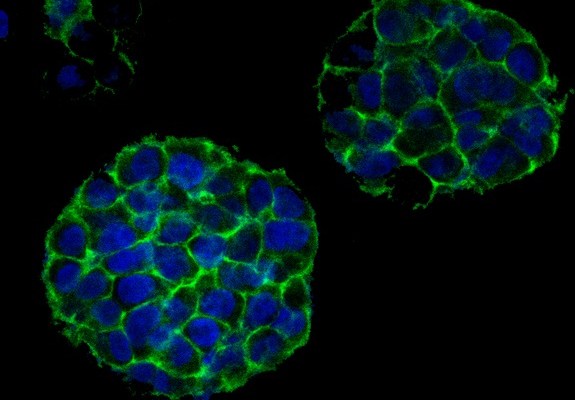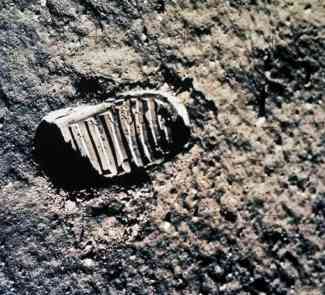3D printing could also be used to study and fight cancer. Scientists in the US and China are using this technique to learn more about the second most common tumour in women.
3D printing offers extensive possibilities in medicine. The latest revolution proposed by researchers in the United States and China could forever change how we study and fight cancer, a terrible disease that affects 200,000 new patients in Spain each year.
The study focused on cervical cancer, a malignant neoplasia that affects the female reproductive system and is the second most frequent tumour in women, with 500,000 new cases reported each year, according to figures from the Spanish Cancer Association.
Chinese and US scientists have used 3D printing to create a three-dimensional model of cervical cells, publishing the results in the magazine Biofabrication. This model consists of a kind of “grating” 10 millimetres wide by 10 millimetres long, formed out of two main ingredients: alginate and fibrin, as shown in the following images:

Three-dimensional models to test the effectiveness of new drugs
In the past, researchers recreated tumours and their micro-environment with two-dimensional models. However, these structures were not completely realistic, because in the human body, cells organise themselves in three dimensions. The arrival of 3D printing could be an important help in observing how cancer cells structure themselves when forming malignant tumours.
The scientists believe that “these models created with 3D printing can help in the study of the development, invasion, metastasis and treatment of this type of cancer”, according to the SINC Agency. Recreating these malignant structures posed no problem for cellular viability, because the results published in Biofabrication determined that 90% of the cancer cells remained “alive” after the 3D printing process.
If these models, created thanks to the help of 3D printers, work, it might be possible to recreate other cancerous structures in the future. The goal is none other than to test the safety and efficacy of new drugs prior to testing them on animals and humans.
This means that it might be possible to fight cancer thanks to 3D printing: studying how it develops and seeing the possibilities of new anti-tumour medications. Now that 3D printers have dropped to a truly accessible price, it was just a matter of time before we started seeing new possibilities and applications of this innovative technique in biomedical research. The fight against cancer may be one of many options for using 3D printing in science.
Images | Biofabrication, Agencia SINC









